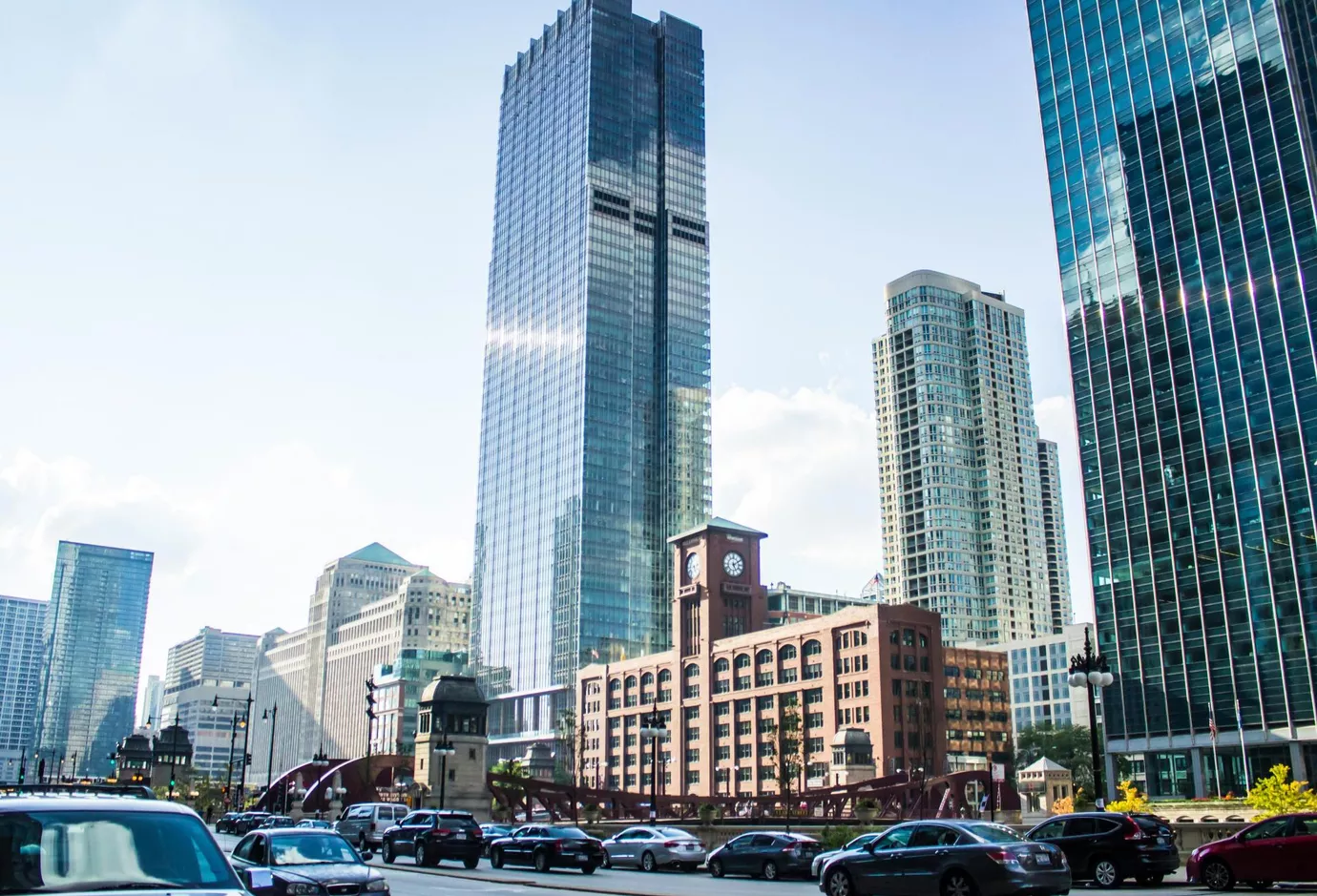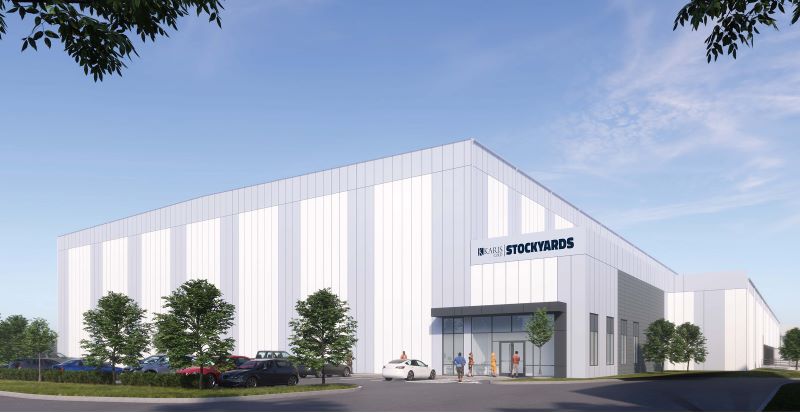January 2016
Event: 14th Annual Commercial Real Estate Forecast

On Wednesday, January 20th, The Real Estate Publishing Group hosted the 14th Annual Commercial Real Estate Forecast at The Hyatt Regency in Chicago.
Highlights from the event included:
Illinois Governor Bruce Rauner: The event kicked off with a spirited and candid assessment of the state of Illinois by Governor Bruce Rauner. The successful business entrepreneur admitted that politics is harder than business as democracy is designed to change slowly. Rauner feels the public is getting only half the story from the media and strongly encouraged the audience to read a well written story published January 4th by Investors Daily.
State of the Market: A panel of seasoned real estate veterans shared their market insights, observations and outlooks, broken down by asset class. Highlights included:
Office
-
Chicago CBD core assets are attractive and interesting due to 24/7 dynamic and demographics the city offers however taxes and fiscal issues are a concern.
-
Companies now view real estate as an asset that drives business, important to retain and attract talent and the real estate provides an opportunity to effect cultural changes through a move into newly designed space.
-
Growth companies from the health and tech sectors have been driving demand with tech sector employment growth at 16% over the past 4 years. Looking forward there is concern on tech companies’ financials and ascertaining if financial growth plans are realistic.
-
CBD class “A” space vacancy rate hovering in the 6% range, with difficulty finding large blocks of good space within the existing inventory.
-
Cap rates will remain flat; may rise in 2016.
-
3 new office towers will be added to CBD inventory in 2017-2018, all 75% pre-leased; could possibly see a fourth tower move towards development if an anchor tenant is secured.
Industrial
-
Relied heavily on retail sector to fill industrial buildings in 2015; e-commerce is driving building requirements to include 40’ clear ceiling heights, multi-story configuration and heavy automation.
-
Investors focused on the coasts for industrial investments as those markets see stronger rent growth, in the 5-6% range.
-
The O’Hare submarket has coastal characteristics with strong demand and a vacancy rate near 0% for class “A” buildings. Investors want to place capital in this submarket.
See the Industrial Market breakout session summary below for more industrial highlights.
Retail
-
Beginning to see stress for some retailers as the holiday season was dismal for retailers.
-
Big box retailer key to success is location and need to be best in class, yet not necessarily profitable.
-
Rental rate increases are hard to achieve as store sales have not changed much.
Investment
-
Availability of capital has keep investment sales volume up and should stay the same into 2016, may see a little cap rate compression.
-
Investors are willing to pay for core assets in core locations.
-
Watching CMBS originated in 2006 and 2007 as they are now coming due
The Great Urban Migration: A spirited debate between the panelists who shared their unique view and perspective on what the great urban migration means for the Chicago metropolitan area office market, the suburbs vs. the city. Key points include:
-
Since 2007, companies moving from the suburbs and out of state have resulted in 44 transactions totaling 4 million SF with 60% of these deals landing in the West Loop submarket (companies want to be close to the train stations).
-
A growing population is needed for a growing economy with the millennials soon to become the largest demographic group. One panelists view on millennials: have huge college debt, no savings, hop jobs every couple of years and don’t buy “things” but spend money on experiences such as travel, and 70% do not have driver’s license.
-
Trend towards Transit Oriented Developments (TOD) both in the city and the suburbs as housing values are tied to transit with room in both the city and suburbs for growth of this type of development.
-
Real estate cost is a small P/L line item compared to a company’s labor cost, estimated between $30-$40 PSF. Companies want to be close to their talent pool.
-
The suburban office market does not have an absorption problem, the suburbs have a perception problem. One business publication runs every story on companies moving into the city yet did not run the story on Verizon’s 160,000 SF new lease at Continental Towers because they did not get the exclusive.
-
The Chicago metropolitan area is home to 30 Fortune 500 companies, 20 of which are located in the suburbs.
-
NAI Hiffman research tallied absorption from 2010 – 2015: 5.9 million SF in the CBD vs 7.3 million SF in the suburbs.
-
All suburban office markets have one class “A” building with an asking rate over $30 PSF.
Industrial Market: breakout session moderated by NAI Hiffman’s very own, Adam Roth, CCIM, SIOR, Executive Vice President posed a variety of questions to the expert panel. Highlights include:
-
Tenant market activity during 2015 encompassed packaging companies as well as e-commerce companies. Any negative shift in consumer confidence could impact demand into 2016. Additional demand drivers included organic growth and consolidations.
-
The labor component is huge driver for tenants as companies are now looking at labor studies in addition to logistics studies when contemplating a move.
-
The distribution facility is becoming the new factory and features include: extra land to accommodate parking (employees and/or trailer), power, security, expansion capabilities. Due to the capital expense of infrastructure, flexibility is critical.
-
The Chicago metropolitan area industrial market historically has experienced market equilibrium with a vacancy rate at 8%. With the current rate at 7.24%, today’s market is in favor of the landlord with rent growth in the 2-3% range and anticipated to trend higher.
-
The outlook for the Chicago industrial market was generally optimistic with some concern about demand keeping pace with supply in 2016. The timing for a pre-cast order now requires a 10-month lead time which will be beneficial should demand begin to taper. If demand increases, developers may need to look at creative ways to address the precast delivery timeline.
-
Class “A” industrial assets will see cap rates sub 5% into 2016 as there is a great deal of capital chasing core product with a limited inventory of class “A” industrial product.
One final thought……. The 3 Ls
Andy Hochberg with Next Realty, LLC shared his business philosophy which is no longer governed by the old real estate adage, location, location, location. Through his successes in 2008, he filters opportunities now through location, liquidity and luck. All panelists echoed the luck sentiment, timing is key.


